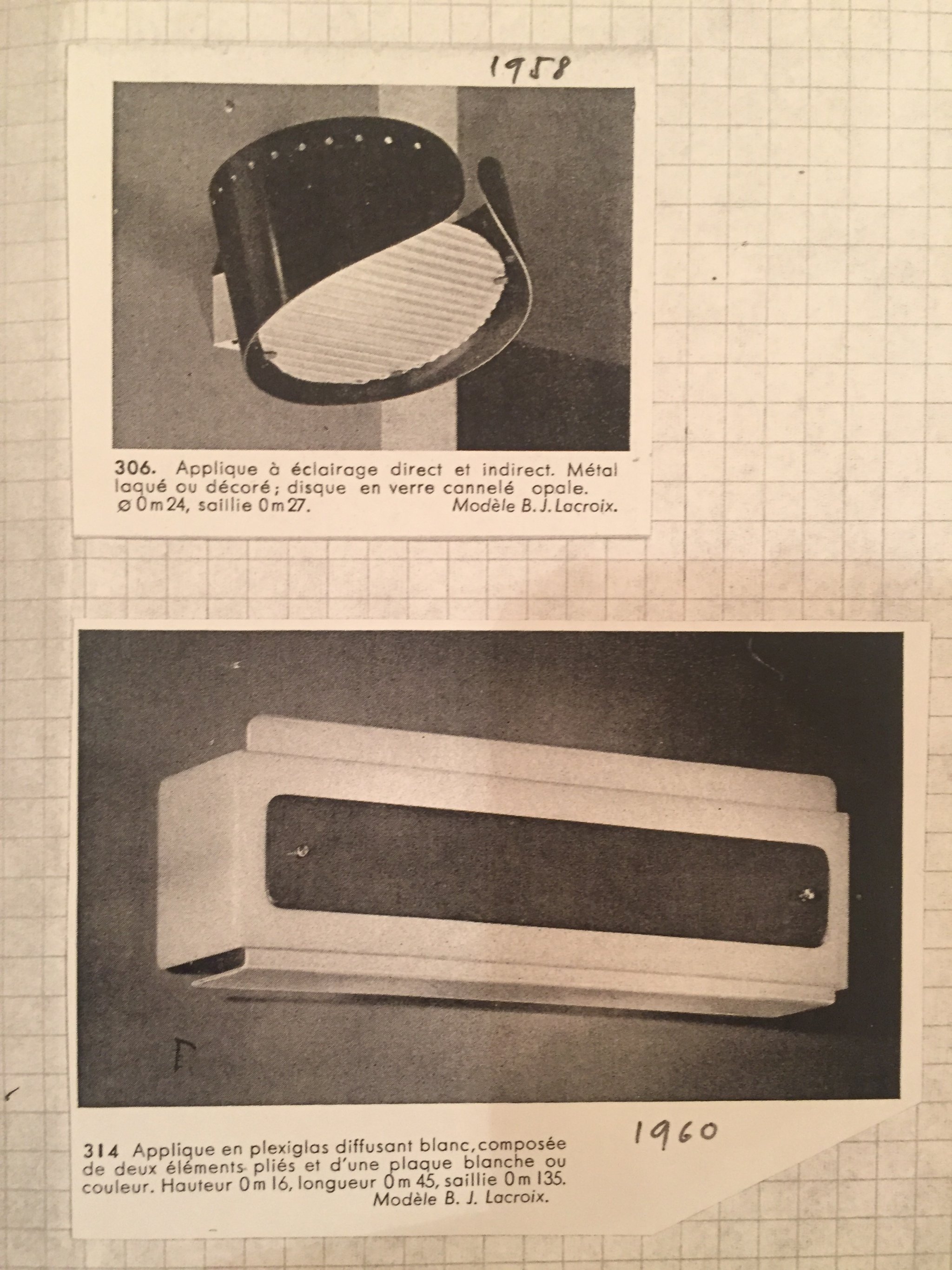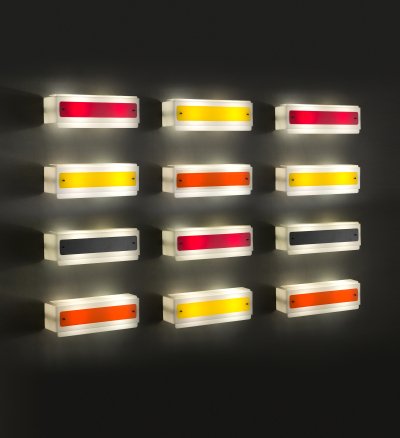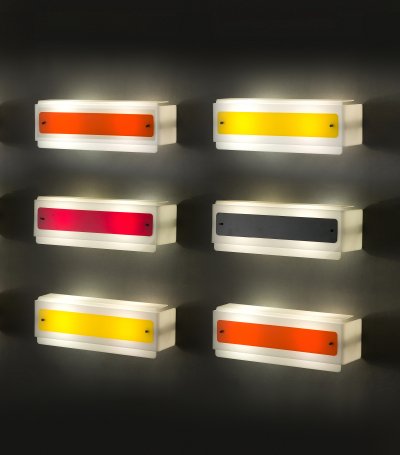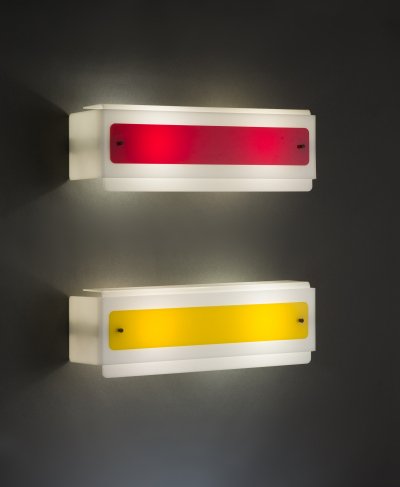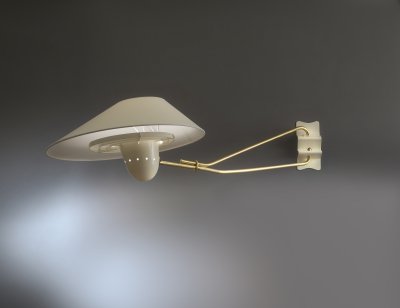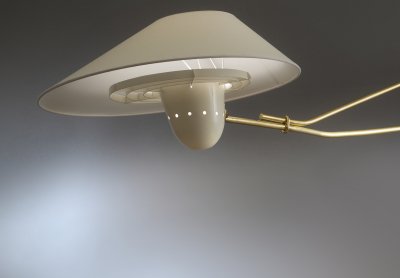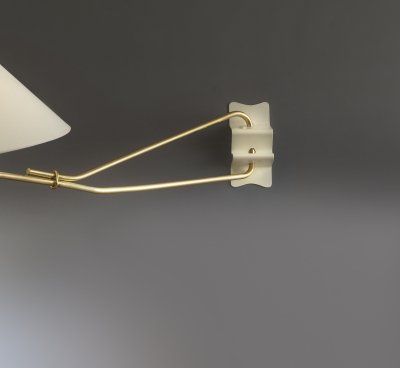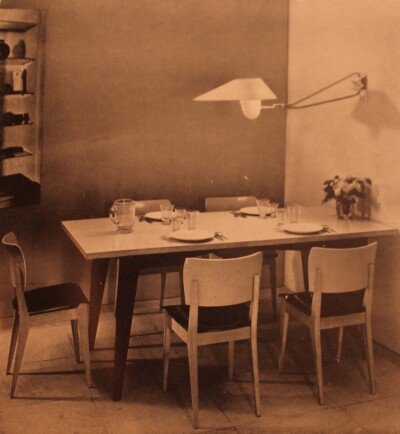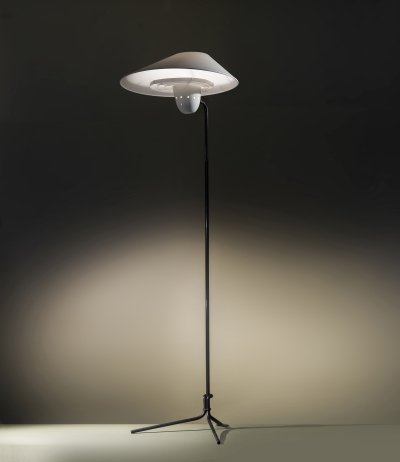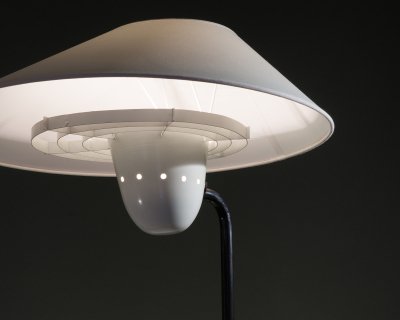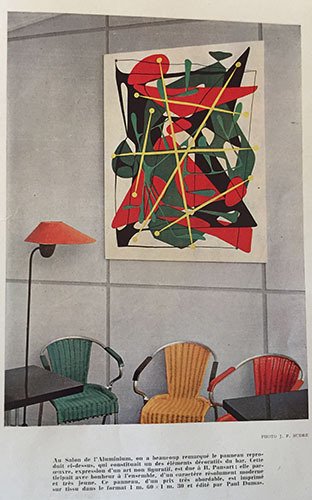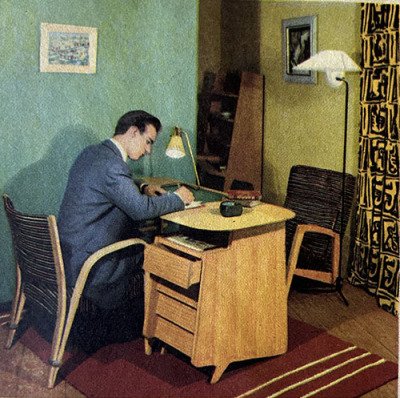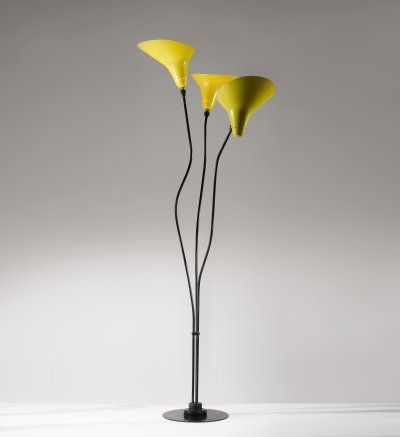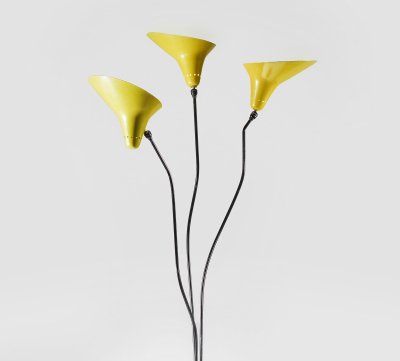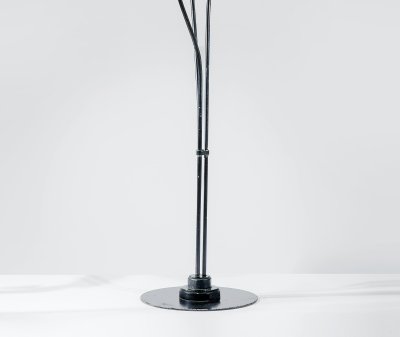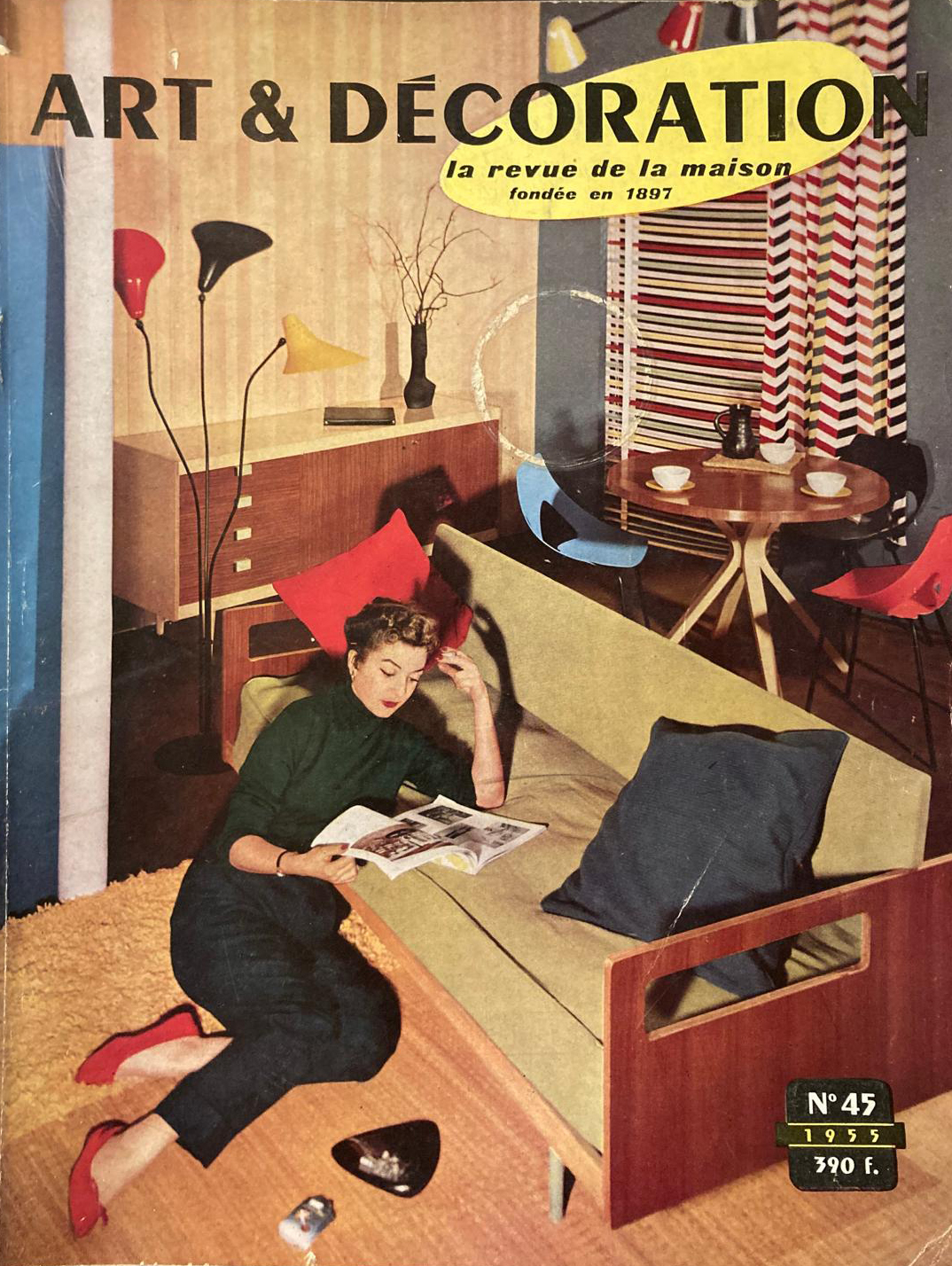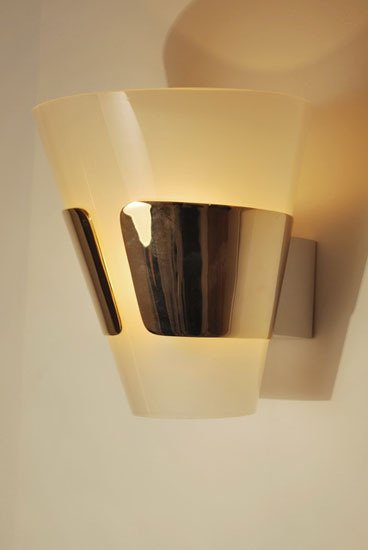Jean-Boris Lacroix
Jean-Boris Lacroix (1902–1984), architect, decorator, and designer, was one of the key figures of the French avant-garde in the twentieth century. After serving as artistic director for the couture house Vionnet (1924–1937), he turned to interior design and lighting, where he established a modernist signature defined by geometric lines, flat planes, and strong formal clarity.
As an active member of the Union des Artistes Modernes (UAM) from the 1930s, he exhibited regularly alongside Charlotte Perriand, Jean Prouvé, and Jacques Adnet. His contributions to UAM exhibitions showcased his mastery of metal and glass, as well as his pursuit of pure, functional forms. Among his most notable works for the UAM were chromed tubular metal floor lamps and sconces, display cabinets with pared-down structures, and frosted-glass pendants designed to play subtly with light diffusion. These creations embodied the UAM’s core principles: rejection of ornament, honesty in materials, and openness to industrial techniques.
In the postwar era, Lacroix cemented his reputation as a lighting pioneer through significant collaborations with two major French publishers: Caillat, for whom he designed desk and table lamps throughout the 1950s and 1960s, elegantly merging metal with Plexiglas; and Luminalite, the house founded by Jacques Biny, which in 1958 produced his refined and graphically striking model 316 lamp.
His work was celebrated from as early as 1927 at prestigious exhibitions like the Salon des Artistes Décorateurs and the Salon d’Automne. Lacroix developed a striking visual language with iconic pieces such as the renowned “Dog Lamp” from the 1950s, along with a series of sculptural pendants, sconces, and table lights.
Balancing function with poetic expression, his oeuvre embodies the postwar creative spirit. Today, Lacroix’s lighting designs are admired by collectors and featured in respected galleries, reflecting a design language of precision, modernity, and sensitivity.




